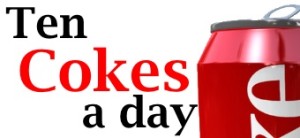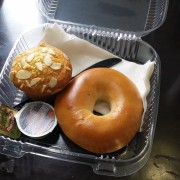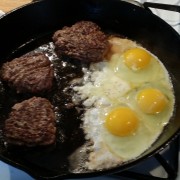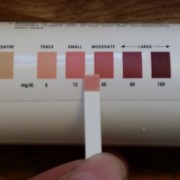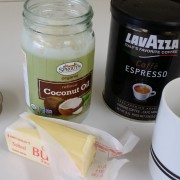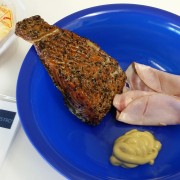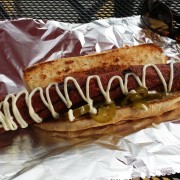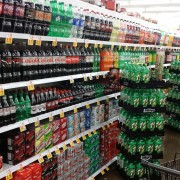Paleo vs. The American Diet: The fight of the century
In a recent New Yorker article about the huge current popularity of “Paleo” type diets, the author conceded, almost painfully, that the Paleo diet may be the best diet for humans, but, she quickly added, it’s too late: Americans are too far down Carbohydrate Blvd to change.
I hope she’s wrong. This is the biggest health crisis in the human history, causing more disease and death than any other illness, including Black Plague and Spanish Flu, and she’s saying Screw it, it’s too late.
Well, it’s going to be a big fight, she’s right about that. Because it is a drastic change. Most people understand that sugar isn’t great for you. But trying to convince those same people that whole grain bread is just as bad? Tough. That organic fruit juice is making their kids fat? It’s a big change.
And the “American Diet” has some real strengths in this battle:
1. Sugar and Bread are literally addictive. Your body goes into craving and hunger mode after you eat bread or drink Coke, and then you crave it the rest of the day.
2. Our food industry has an investment in feeding us sugar and bread. Aisle after aisle of your grocery store are filled with cereal, juices, snacks, breads, sodas, etc. – and those businesses are not going let those sales die easily.
3. On a similar note, the food industry has no interest or investment in providing affordable meats and fats, since it’s set up for growing wheat and sugar and corn. Therefore it’s a real challenge to eat inexpensively while avoiding grains. Right now noodles are cheaper than burger. But, burger’s not as addictive. You eat the noodles, and now you have to pay for the Twinkie, pie, ice cream, and chips you have afterwards because you’re so hungry.
But, happily, one of the biggest deterrents to Americans learning to eat right has been that U.S. government guidelines have been, up until this week, dead wrong. You could read all you want about Paleo and low-carb diets, but then you’d find some government website that said grains should be the foundation of your diet, and that you should avoid food cholesterol, and what else can you do except trust the government and go back to your bread-eating, noodle-gobbling, banana-chomping ways?
The science is clear now. So clear that the government has finally no choice but to admit: it’s your high insulin that is causing your obesity and health problems, and that high insulin is caused by eating carbs – sugar and grains. If you eat proteins and fat, you’ll get thinner, healthier, and live longer.
We may be on the verge of a revolution. Or at least a monster battle. And who doesn’t like a good dog fight?
Next post I’m going to talk about how we, as a nation, can make these changes.
